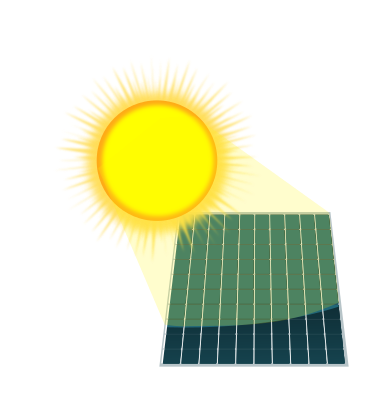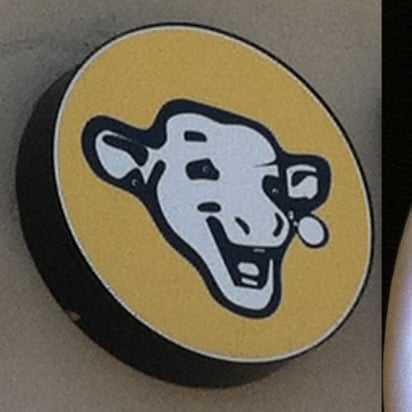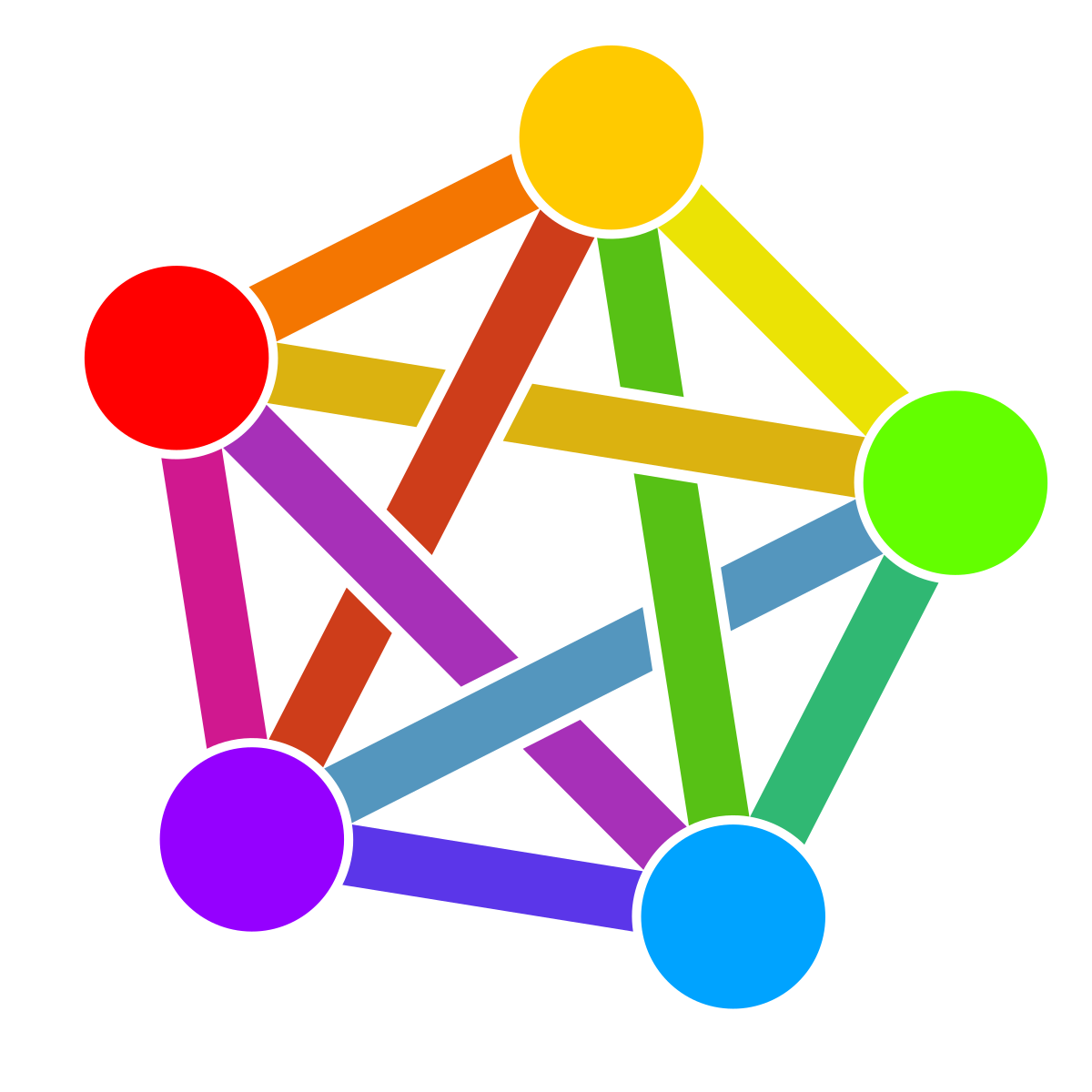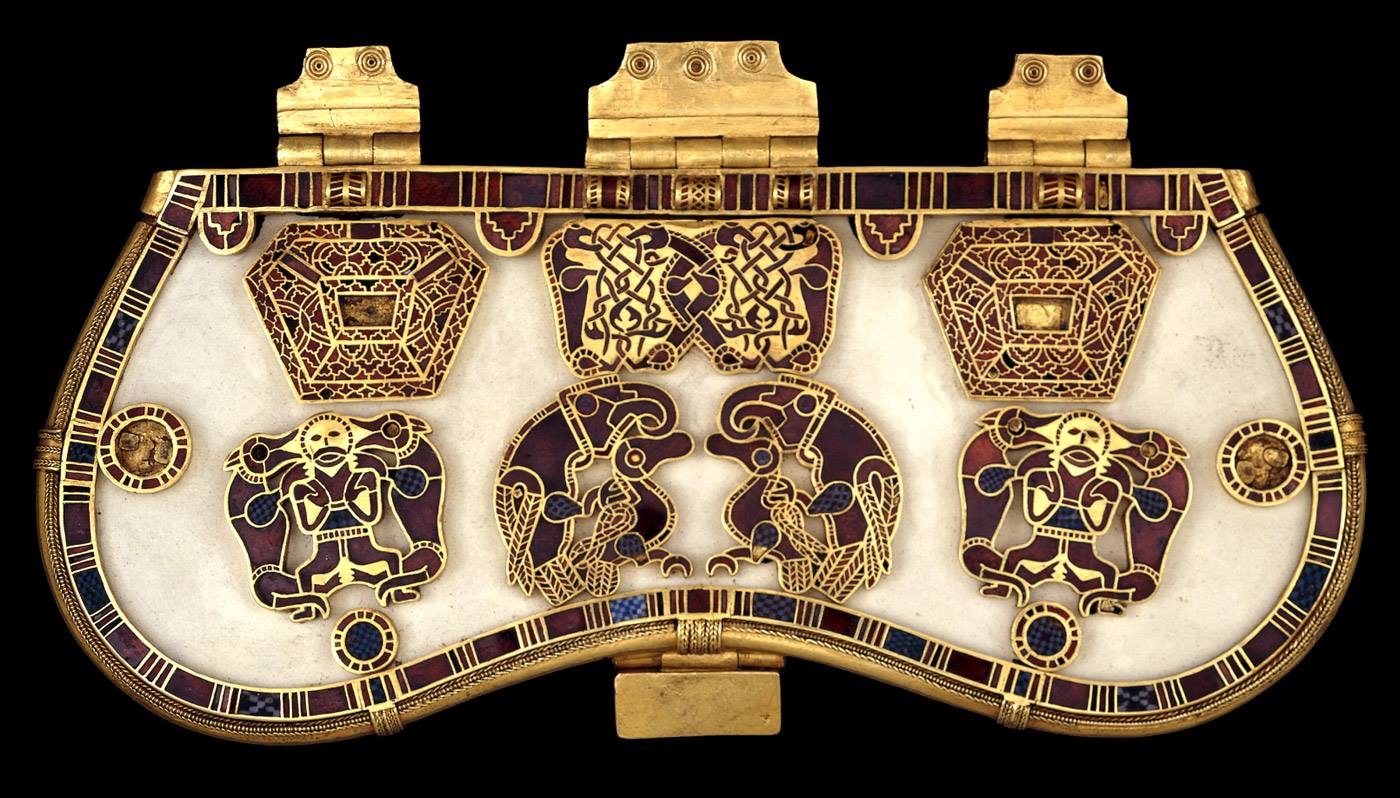





Sounds extremely similar to US-based Form Energy (founded 2017), down to the 100-hour target and container based installation. Ore Energy says they were founded 2022. Anyway, cool to have more activity in the long duration grid storage space.


Time to get that Streisand effect rolling!


I’ve been feeling the lack of a /dataisbeautiful. Thanks for sharing!


Wikipedia’s controversies section summarizes a few: owns Motel 6 and gave info to ICE, bought Ancestry.com stake including generic data, owns a slaughterhouse using child labor.


Interesting. A little more specific than “hey free land” though it doesn’t seem like it being a pit is actually a factor.
Abandoned mines tend to have decent road access and solid connections to the grid, ready-made infrastructure that could be useful for solar installations. What’s more, solar projects on abandoned mine sites could also help revitalize mining community economies.
Solar could also aid restoration by keeping bare soils from drying out or blowing away and making it easier for plants to get established.


AP News includes this overview:
The contesting claims stem largely from a 1907 map drawn under French colonial rule that was used to separate Cambodia from Thailand. Cambodia has been using the map as a reference to claim territory, while Thailand has argued the map is inaccurate.


The ‘Indonesian Indigenous Car’ is making its debut in 1:1 clay model form at the 2025 Gaikindo Indonesia International Auto Show (GIIAS), and the company behind it is PT Teknologi Militer Indonesia (TMI), which deals with military equipment. i2C’s first product will be a large SUV based on a platform of a foreign partner which identity is yet to be disclosed.
Sounds like there’s a long way to go until there’s an actual car.
[T]he company quotes a CLTC range of 617 km from an 83.4 kWh NMC battery. There’s a single rear-mounted motor pushing out 204 PS and 310 Nm of torque (identical figures to the BYD Atto 3).
For all the talk of “indigenous” it sounds like a restyled BYD car, unless I’m misinterpreting. Though developing local design and assembly capacity seems like a good benefit.


Because of the chip protocol, or just because it’s uninspiring?


Wikipedia quotes BBC as saying /ˈjʊərənəs/ is closer to the Greek and preferred by astronomers, and /jʊˈreɪnəs/ is accepted by OED.
Unless this is just a butt joke, I didn’t watch the video, that’s cool too.


Her period had started, and she was bleeding heavily. But she received only a single sanitary pad after repeated requests – after bloodstains had already spread across her clothing. There were no painkillers available. There, covered in blood on a rudimentary toilet, she cried for the second time. After that, she was given prison clothing.
«There are three tables on the left side and telephones on the right side. Behind them are the beds, one next to the other. There were two toilets, two sinks and two showers. But everything was open, there was no privacy.»
She had to put her blood-soaked clothes back on and was once again chained by her hands, feet and waist. At the airport, several security officers – one carrying a weapon – escorted her to her plane. She only got her passport and smartphone back once she was in the air.
Cruelty is the point.


That’s what I expect from a phone or laptop. I know car batteries are supposed to be more long lived, but I don’t know what makes one Li battery last longer than another. Many EV manufacturers haven’t been in the game long enough to prove it.


The reviews are surprisingly good on Google Maps. For now.


Decided to pay for Kagi, and now Google results look even more ridiculous.


From methodology:
When the ATP was created in 2014, the first group of panelists was invited to join the panel at the end of a large, national survey offered in English and Spanish that was conducted by randomly calling both landline and cellphone numbers. Two additional recruitments were conducted using the same method in 2015 and 2017, respectively.
In 2018, the ATP switched from telephone to address-based sampling (ABS) recruitment. This means that invitations are sent to a random sample of households selected from the U.S. Postal Service’s master list of all residential addresses, the Computerized Delivery Sequence File or CDS.
I guess I’d be slightly more likely to look into a survey based on physical mail than an unknown phone call (which I would for sure ignore).
The ATP didn’t always include the option to take surveys with an interviewer by phone. From 2016 to early 2024, the ATP operated as an online-only panel where all panelists took surveys on the web. People in households without internet service were provided with a data plan and tablets that they could use to take the surveys online.
Interesting adjustment to be more inclusive.
The selection of news sources actually sounds pretty well balanced.
We also set out to ask about a range of sources across different platforms (e.g., internet, television, print, radio, and new media like podcasts and social media). Relatedly, we wanted to capture different elements of the information environment, such as both legacy news outlets and newer, nontraditional news sources.


Matches my experience trying to politely ask a local police officer why he and a delivery truck were parked in the bike lane.


How would that engraving have been done? Part of casting? Stamped?